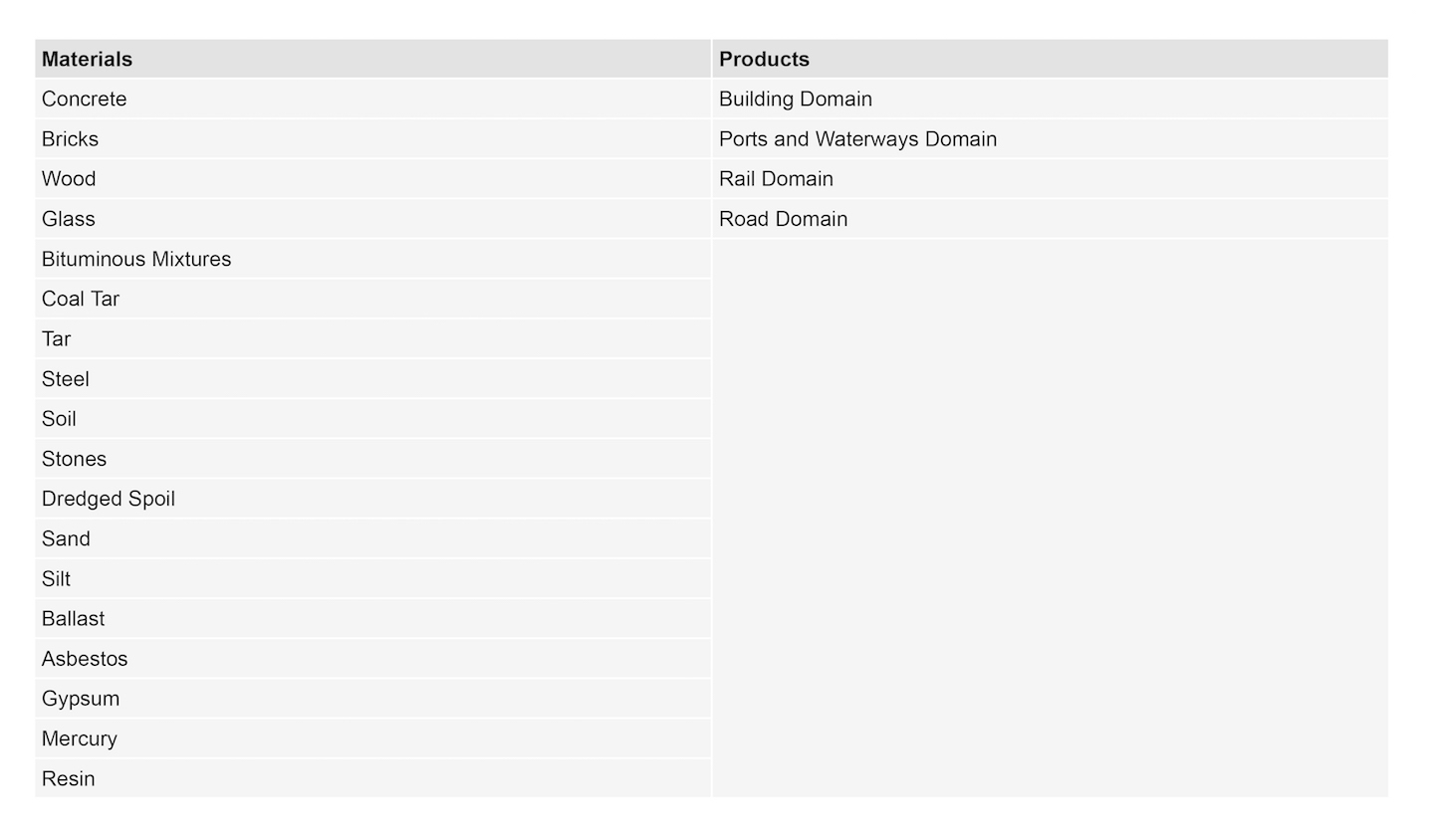
Late last year, a four-year research project was launched to use BIM and data to improve the construction industry’s waste management. Its ambitions involve the development of WASTEie, using the IFC schema.
Funded by UK Research and Innovation and EU R&D funding programme Horizon Europe, the Reconmatic initiative brings together Morgan Sindall Construction, the University of Salford, the University of Manchester, Arcas & Callisto Consulting and digital construction consultancy BIMBox.
Here, Vitalij Tetervov and Chris Crookes, R&D manager and MD respectively of BIMBox, give an update on progress so far and invite the industry to get involved.
There is no doubt that the construction industry is unanimous in its ambition to innovate, evolve and improve to better our environment. Waste is typically not the first topic raised when discussing sustainable construction: carbon and energy initiatives often dominate. However, waste’s impact is increasingly in the spotlight.
The Reconmatic initiative is developing practical applications to better identify and minimise construction and demolition (C&D) waste.
Information managers are able to uniquely contribute to the collective advancement of the industry’s path towards zero carbon in C&D waste.
WASTEie and IFC
It is understood that construction creates an estimated third of the world’s overall waste and at least 40% of the world’s carbon dioxide emissions. BIMBox, alongside the Reconmatic team, is working on standardising C&D waste information exchange. Internally, this new data set is being referred to as WASTEie.
Initially, we propose to use the IFC schema for parameter mapping, as it can be used by numerous software vendors. Further to this, we plan to use the yet-to-be published Information Delivery Specification. This is a framework used to write machine- and human-interpretable information requirements.
There are a few things to consider when we think about C&D waste. In an ideal world, our built assets would be designed to never produce waste in the first place, but this is far from the current reality. This project acknowledges this and sets out to provide a practical response to these challenges.
The source of waste
First, we need to understand when and where waste is generated. Based on a collective consortium experience and available research papers, we have grouped a few major streams where waste is generated (C&D only):
- construction waste (materials, such as wood or even concrete, and products, such as cut-offs of laminate flooring or insulation);
- defects (smashed windows, broken doors or equipment damaged during installation);
- protective materials (during construction a lot of products will be covered with either plywood, plastic or protective sheets, which may be re-used, but some will be discarded as waste);
- temporary works (scaffold sheeting, materials used for foundation formworks);
- packaging (wrapping materials, pallets); and
- demolition waste (this is where the majority of products become materials to be recycled or landfilled).
If you believe there are other waste streams not accounted for please, do comment or get in touch directly (see details below).
These major categories will assist us in grouping the parameters into structured clusters and help us target our research effort. Thay also provide us with the framework to identify relevant stakeholders who need to provide or consume information.
The approach
When we think about waste, the first area that comes to mind is materials. It’s not surprising that European (and British) Waste Classification Codes (EWC) relate to materials as well. Yet, when we dig deeper and attempt to represent waste in the world of BIM, materials alone are not sufficient as most construction products come as composite products.
To illustrate this, we extracted the materials identified in the EWC and noticed that around 50% of materials will be embedded in products and will not necessarily be separated. See Table 1 below: materials identified in orange will most likely be treated as products rather than materials.

This led us to recognise that it would be valuable to describe material properties, as well as product properties, that relate to waste information exchange. In essence, we are looking at the elements designed in project (e.g. in-situ concrete slab) and pre-manufactured products (e.g. doors, air handling units). Refer to Figure 1 below:

While we can make use of the material list from EWC, we also need to group products into logical clusters, as it would be exceptionally challenging and too administratively burdensome to attempt to describe every product or even product category. To help us group the products, we looked at the IFC domains and found a great existing structure: see Table 2 below.

We quickly identified that architectural, electrical, HVAC, plumbing and fire protection, as well as structural domains, could be grouped under the ‘building domain’ as the properties to describe products in relation to waste information exchange would be remarkably similar, if not the same.
This approach defines a framework of what information should be captured through material definition and through product properties, providing the scope to move forward: see below.

Extensive impact
The identification of the major waste streams will assist us with stakeholder engagement and parameter mapping. We also identified that we need to separate how we structure information for products and materials using waste classification codes and IFC schema as the basis for our approach.
We understand that the issue of waste extensively impacts all areas of our industry. As this is an ongoing research project, we’d like to take industry practitioners on our journey and invite readers to provide comments, suggestions and any alternative approaches not considered.
The key aim is to create something that will be useful for industry professionals, providing a practical application that will bring us closer to zero waste.
In our next update, we will focus on waste-related product properties in the building domain.
Contact Vitalij Tetervov or Chris Crookes.
Don’t miss out on BIM and digital construction news: sign up to receive the BIMplus newsletter.
Comments
Comments are closed.














Great initiative! Construction waste is such an important issue